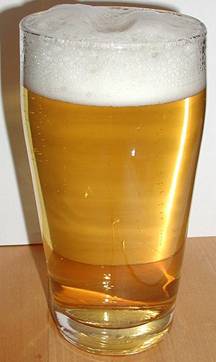
|
||||||||||||
| Home | About Us | Success Stories | Farmers Association | Farmers' Innovation | Publications | Contact | ||||||||||||
Post Harvest Technology :: Agriculture :: Cereals
|
||||||||||||
| Home | About Us | Success Stories | Farmers Association | Publications | Disclaimer | Contact Us
© 2015 TNAU. All Rights Reserved. |
||||||||||||
